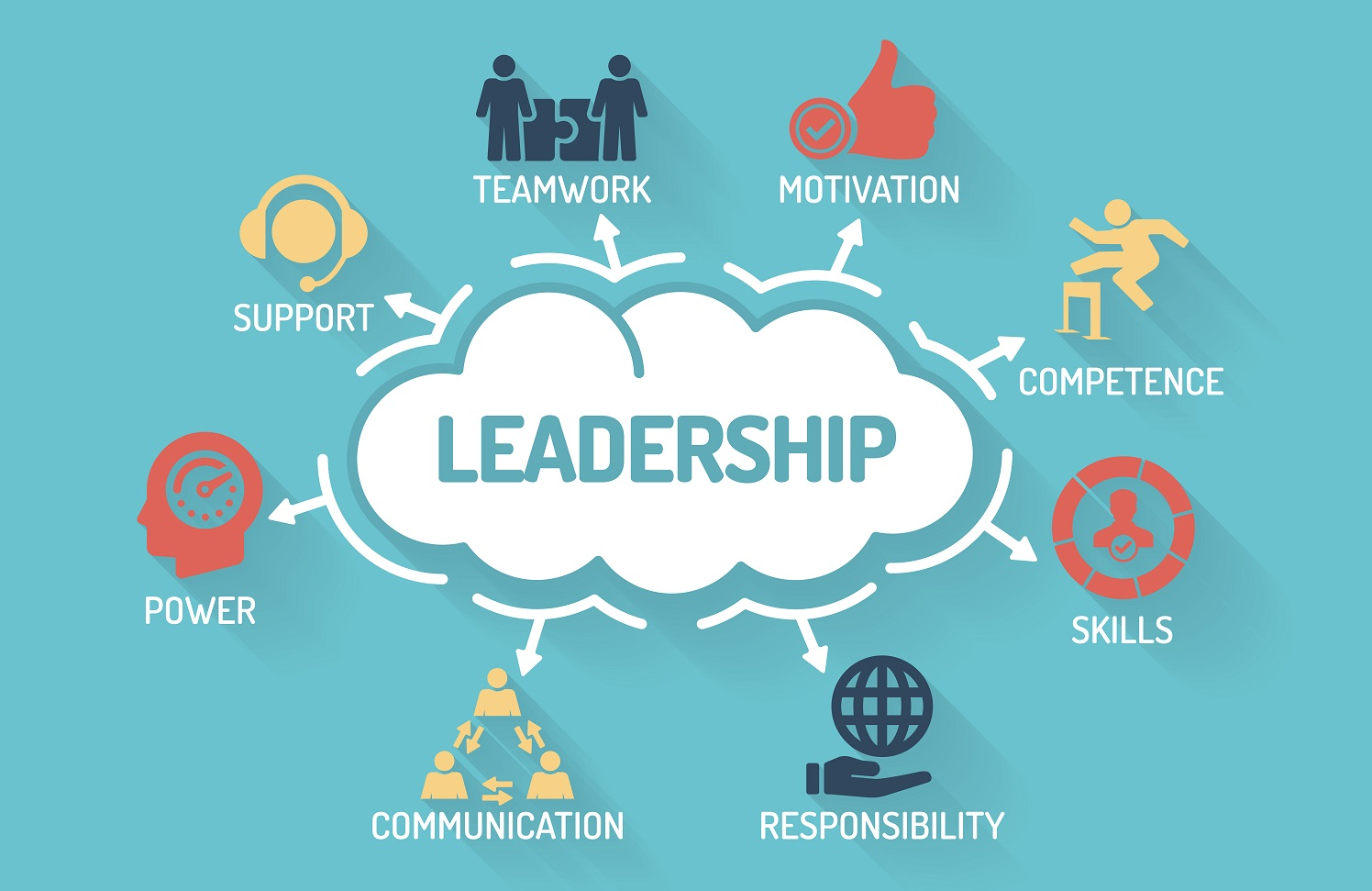Exploring the Role of Leadership in Driving Business Success and Team Performance

Exploring the Role of Leadership in Driving Business Success and Team Performance
Leadership is the lifeblood of any successful organization. It’s the driving force behind innovation, motivation, and ultimately, achieving business goals. But what exactly constitutes effective leadership, and how does it translate into tangible results?
The Pillars of Effective Leadership:
While leadership styles vary, certain core principles remain constant. Effective leaders excel in:
- Vision and Strategy: They possess the ability to envision the future, define clear goals, and communicate a compelling vision that inspires their teams. This strategic direction provides a roadmap for success, aligning individual efforts towards shared objectives.
- Communication and Transparency: Leaders foster open communication channels, allowing for honest feedback, constructive criticism, and clear expectations. Transparency builds trust and empowers team members to contribute their best.
- Motivation and Empowerment: Leaders understand the importance of intrinsic motivation. They empower their teams, delegating responsibility and providing opportunities for growth and development. This fosters a sense of ownership and encourages individual excellence.
- Collaboration and Teamwork: Building a strong team culture is vital. Leaders promote collaboration, encouraging diverse perspectives and fostering a sense of shared responsibility.
- Adaptability and Resilience: The business landscape is dynamic. Leaders must be adaptable, embracing change and leading through uncertainty. This requires resilience, the ability to bounce back from setbacks and learn from mistakes.
The Impact of Leadership on Business Success:
The positive impact of effective leadership extends far beyond team dynamics. It directly influences:
- Increased Productivity: Empowered and motivated teams perform at a higher level, resulting in increased productivity and efficiency.
- Improved Employee Retention: A strong leadership presence fosters a positive work environment, leading to higher employee satisfaction and reduced turnover.
- Enhanced Innovation: Open communication and collaboration encourage creativity and problem-solving, driving innovation and competitive advantage.
- Stronger Brand Reputation: Ethical and values-driven leaders build a strong reputation for the organization, attracting top talent and building customer loyalty.
- Financial Performance: Effective leadership contributes to a healthy bottom line by optimizing resource utilization, driving growth, and maximizing profitability.
Developing Leadership Skills:
Leadership is not an innate talent, but a skill that can be honed and developed. Organizations can invest in leadership development programs to:
- Enhance communication and interpersonal skills: Workshops and coaching can improve communication effectiveness, conflict resolution, and team building.
- Develop strategic thinking and decision-making abilities: Training programs can enhance analytical skills, risk assessment, and strategic planning.
- Foster emotional intelligence and empathy: Leadership coaching can help leaders develop self-awareness, empathy, and the ability to build strong relationships.
Conclusion:
The role of leadership in driving business success and team performance cannot be overstated. Effective leaders act as catalysts for growth, innovation, and positive change. By investing in leadership development and fostering a culture of empowerment, organizations can harness the power of leadership to achieve their full potential.

